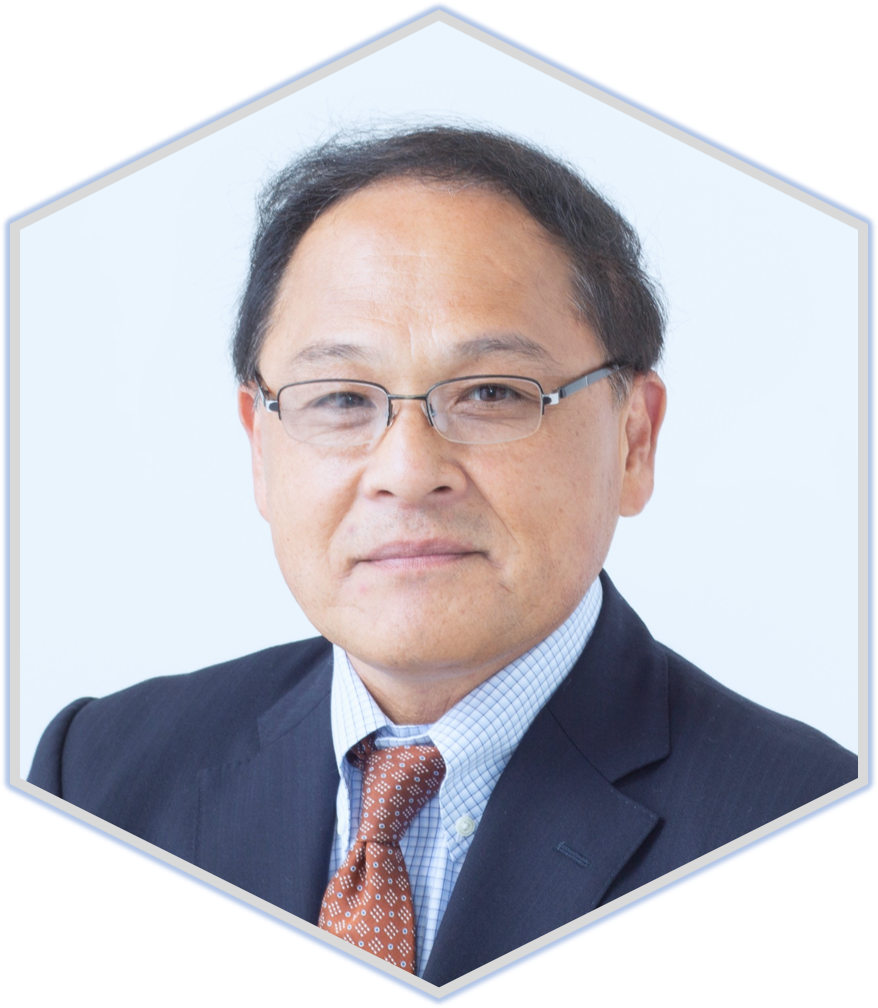
Nobuyuki Nakano
CEO, CBO
Experienced high-level manager and director. After graduating from the Department of Aeronautics at the University of Tokyo, Mr Nakano joined the ITOCHU Corporation, and later served as President of ROHM Semiconductor USA where he steered the company back into profits after years of losses following the IT bubble burst of 2001. In 2014, he joined the Innovation Network Corporation of Japan (INCJ). Master of Science, MIT business school (1991).
Junji Adachi
Director, CSO
Experienced engineer and manager with 30+ years of experience in industry commercializing cleantech and OLED materials at Panasonic. Extensive experience incubating and collaborating with materials startups. B.S. Osaka University, Visiting Researcher, M.I.T.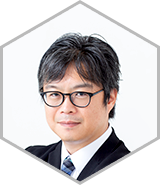
Dr. Takahito Oyamada
CTO
With over 20 years of experience in OLED development and the field of organic semiconductors, he is a skilled and experienced engineer that focuses on organic panel development and is active on the front lines. Dr. Oyamada has past experience working for Pioneer and a special honor of being the first student at the Adachi laboratory.
Jimyeong Yu
CFO
A financial professional with experience working at a major global investment bank and entrepreneurial experience. After earning a Master's degree in Materials Science from the University of Tokyo, he joined the investment banking division of JP Morgan Securities. After working in M&A and fundraising advisory work, mainly in the electronics sector, he founded Handii Inc. (now paild Inc.) and became its president and CEO where he Developed a crowd-based payment service, “paild”.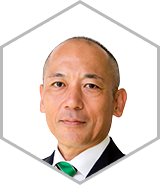
Tsuyoshi Sakamoto
Outside director
Partner with QB capital, LLC. Experienced university–industry alliance coordinator and venture capitalist with a focus on university spin-offs. Holds a B.S. and MBA from Kyushu University.
Ganapathy Subramaniam
Outside director
Partner with Celesta Capital. Experienced manager and director with extensive knowledge of the semiconductor industry. Co-founder of Cosmic Circuits and senior manager at Texas Instruments. Holds a Bachelor’s degree in engineering from the National Institute of Technology (NIT) Trichy and receiver of awards from both industry and academia.
Dr. Jun Zou
Outside director
An Investment Director at PDSTI (Shanghai Pudong Science Technology Investment Co., LTD.), with over 10-years semiconductor industry experience at Fortune 500 companies, e.g. Infineon and Bosch. He holds a PHD and M.Sc. in Electrical Engineering and Information Technology from Technical University Munich, Germany, and Finance MBA from Shanghai Advanced Finance Institute (SAIF), Shanghai JiaoTong University, China.
Dr. David Chen
Outside director
Managing Partner of El Camino Capital. He received his Ph.D. degree from University of California Berkeley and bachelor’s degrees from Tsinghua University. Previously he was the founding President of InnoGrit Corporation and Vice President of Marvell Semiconductor. He holds several US and international patents and has been recognized with multiple industry and academic awards.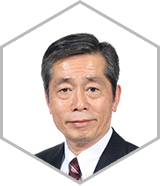
Toraki Inoue
Statutory Auditor
CPA, serves as Representative Director and President of Accounting at Advisory Co., Ltd. He joined ARTHUR ANDERSEN in 1980, where he acted as Worldwide Partner, as well as Representative Partner of KPMG AZSA LLC. He went on to serve as an outside auditor of Pioneer Corporation and an outside auditor of Kao Corporation, and currently serves as a supervisory director of GLP Investment Corporation and an outside auditor of Aozora Bank, Ltd.
Keisuke Yamashita
Statutory Auditor
Managing Director at MCP Asset Management (Japan), Inc., one of Asia's leading alternative investment management firms, and CIO of the Japan Evolution Fund. After graduating from Wesleyan University in the U.S., he worked on M&A advisory and capital raising at JP Morgan Securities (Japan and UK). Prior to MCP, he worked at Dymon Asia Capital Japan as Representative Director. MCP is a member of TEAM FUKUOKA in the Global Financial City Initiative.Nobuyuki Nakano, CEO
The Advancement of Hyperfluorescence™ in the Market
Since its establishment in 2015, Kyulux has realized technological innovations required for OLED materials development and succeeded in launching the first ever Hyperfluorescence™ product to the market a year ago.
Currently, multiple customers are conducting evaluation tests of Kyulux’s materials. In 2022, with the completion of these tests, Kyulux anticipates the official adoption of its materials into these customers’ product lines.
Therefore, Kyulux will continue the pertinent development tasks in line with customer needs and will extend dialogue with business partners regarding the execution of mass production.
In these days, following the covid-19 pandemic, the demand for display products and OLED panels seems to have rapidly increased and has become more diverse than ever. In order to accommodate these new demands and requirements, Kyulux will initiate full utilization of Kyumatic™, the AI-Materials Informatics system licensed from Harvard University and the database of Kyulux, while taking into consideration any feedback from our customers.
In the foreseeable future, Kyulux is confident that there will be many HF™ enabled products on the market that will make remarkable contributions to the quality of daily life and improvement of task efficiency.
As a company, Kyulux is committed to taking active measures and putting in the required efforts needed to make this vision a reality.
Nobuyuki Nakano, CEO

Prof. Chihaya Adachi, Kyushu-University
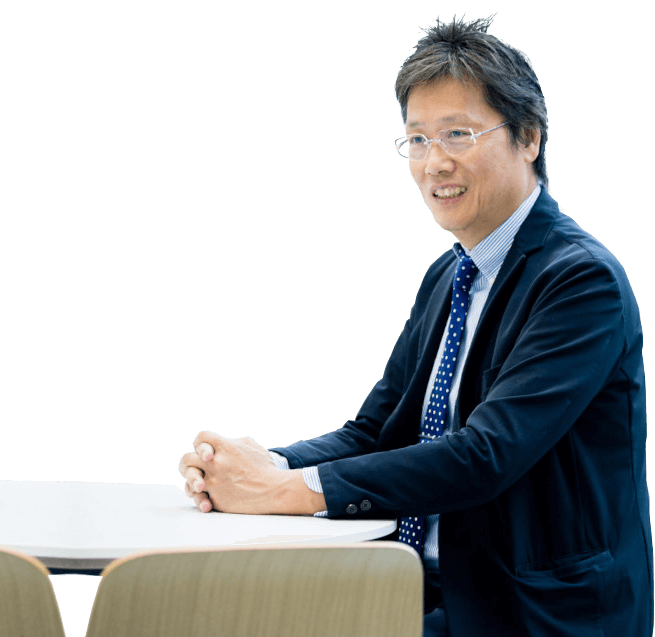
Since the latter half of the 2000s, Kyushu University’s OPERA has believed in the great potential of TADF and has been vigorously engaged in budding basic research. In 2012, Nature magazine published an article which describes the realization of an OLED TADF device with 100% internal quantum efficiency.
In 2015, Kyulux was established in order to put this technology to practical use. In order to make TADF a feasible reality, it is essential to improve not only luminous efficiency but also element durability. Kyulux started shipping commercial TADF/HF materials in 2019, and the company is aiming for increased adoption and mass production in 2022.
Kyushu University’s OPERA center supports Kyulux’s R&D efforts with core science undertakings, advanced high-speed spectroscopic analysis and theoretical modeling of TADF molecular systems and element deterioration mechanisms.
I strongly hope that the research work will lead to improved performance of practical devices, and that the full-scale commercialization of TADF will open up new possibilities for organic molecules and advanced organic optoelectronics from both academic and industrial perspectives.
Prof. Chihaya Adachi.



